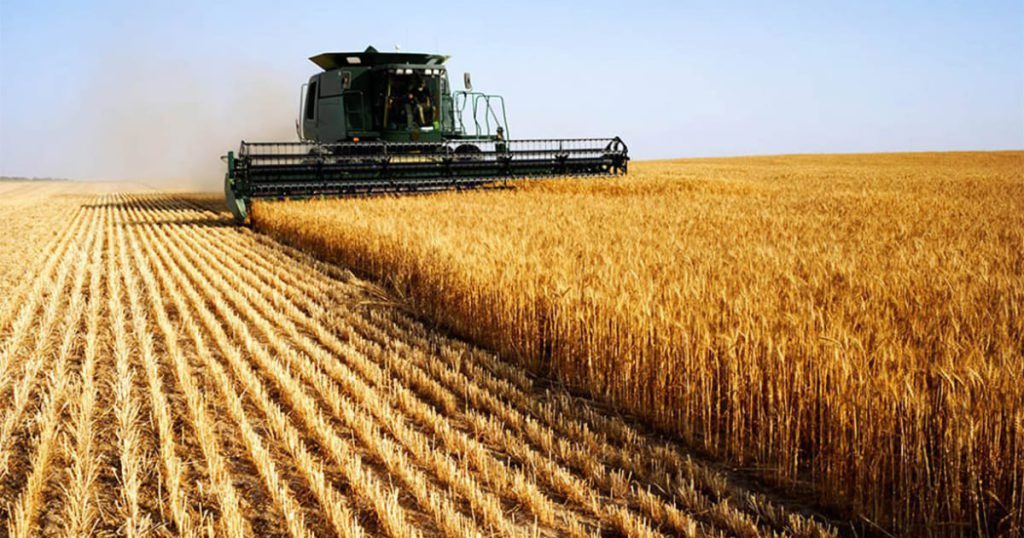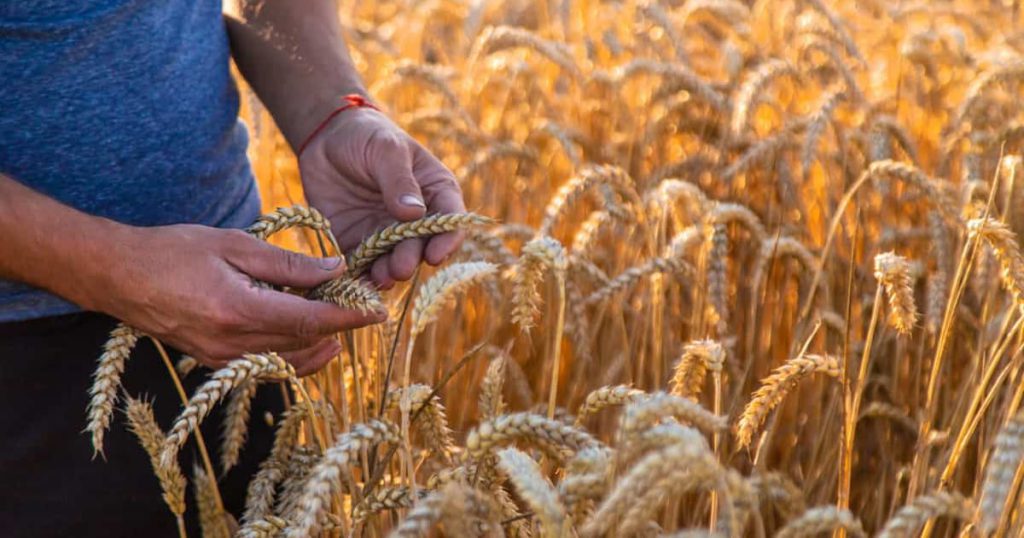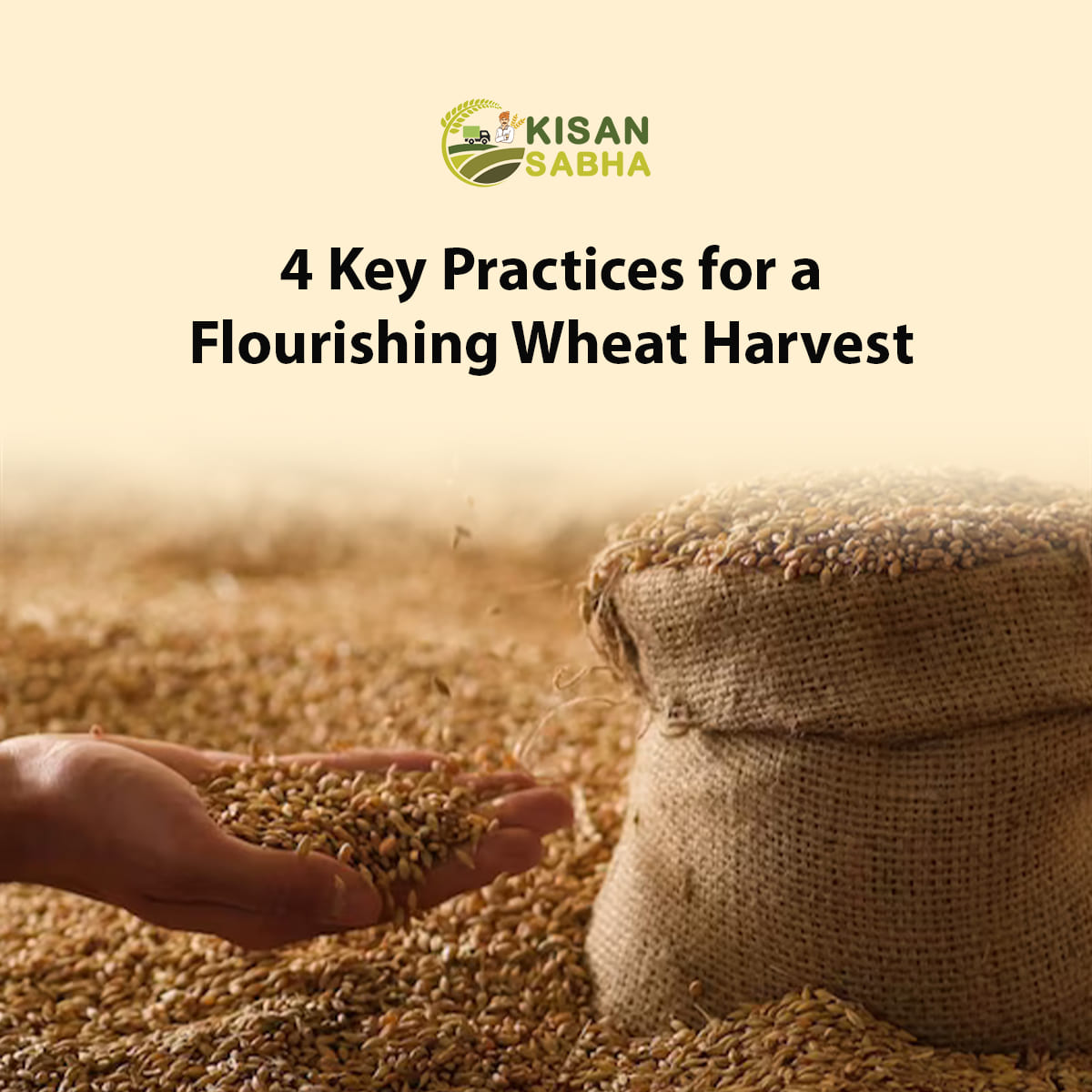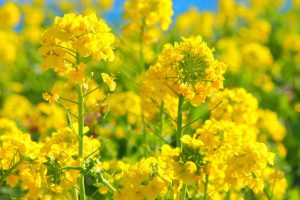The wheat harvest is a critical stage in the agricultural cycle that determines the success and profitability of wheat farming. It represents the culmination of months of hard work and careful cultivation. Proper harvesting practices ensure a bountiful yield and play a pivotal role in maintaining grain quality and minimizing post-harvest losses. This article will explore the best practices for a flourishing wheat harvest, covering various aspects such as field preparation, wheat variety selection, planting techniques, crop management, harvest timing, handling methods, and post-harvest practices. Farmers can optimize their wheat harvests and maximize their returns by following these guidelines.

Overview of the Wheat Harvest Process
Wheat harvest typically involves cutting the mature wheat plants, separating the grains from the stalks, and preparing them for storage or further processing. It’s a busy and exciting time on the farm, filled with the sweet scent of golden grains and a sense of accomplishment.
Preparing the Field for a Successful Harvest
Soil Preparation and Fertility Management
Like any good relationship, a successful wheat harvest starts with a solid foundation. And in the world of farming, that foundation is the soil. Proper soil preparation and fertility management are essential to ensure healthy wheat growth and maximum yield. So, get your hands dirty and make sure your soil is well-drained, properly aerated, and enriched with the necessary nutrients.
Weed Control Measures
Weeds can be a pesky bunch, competing with your precious wheat for resources and ruining your harvest dreams. To keep those unwelcome intruders at bay, implement effective weed control measures. Whether it’s through herbicides, regular field inspections, or good old-fashioned pulling, make sure your wheat has all the space it needs to thrive.
Pest and Disease Management
Just like humans, wheat can fall victim to unwanted visitors and nasty diseases. From aphids to rust and everything in between, these little troublemakers can wreak havoc on your crop. Implementing effective pest and disease management strategies is crucial to maintain a healthy wheat harvest. Keep an eye out for any signs of trouble, take action promptly, and don’t be afraid to seek expert advice when needed.
Also Read:- Dryland Farming: A Smart Solution for Water-Scarce Agriculture
Selecting the Right Wheat Variety for Maximum Yield
Understanding Different Wheat Varieties
Wheat comes in all shapes and sizes, just like the people at your local bakery. Understanding the different wheat varieties available is essential for selecting the right one to meet your goals. Some varieties may be better suited for specific climates or soil types, while others may offer higher yields or better disease resistance. So, do your homework, consult with agricultural experts, and choose wisely.
Factors to Consider in Wheat Variety Selection
When it comes to choosing the perfect wheat variety, it’s important to consider several factors. Think about the climate in your region, the type of soil you have, and any potential pest or disease pressures. Additionally, consider your intended use for the wheat. Are you aiming for bread-making flour or feed for livestock? Each factor plays a crucial role in determining the best wheat variety for your needs.

Implementing Proper Planting Techniques
Optimal Planting Time
Timing is everything in life, including wheat planting. To ensure a flourishing harvest, it’s crucial to plant your wheat at the optimal time. Plant too early, and frost might ruin your crops; plant too late, and you’ll be greeted by weeds and poor yields. Consult local planting calendars, consider the climate and soil conditions, and aim for that sweet spot when everything aligns perfectly.
Seed Rate and Seed Treatment
When it comes to planting wheat, size does matter. Finding the right seed rate to achieve the desired plant density is important for maximizing your yield potential. Additionally, consider seed treatment options to protect your precious seeds from pests or diseases. It’s like giving your seeds a little extra armor to conquer the world.
Planting Depth and Spacing
As in life, finding the right balance is key in wheat planting. Planting your seeds at the proper depth and spacing can make a world of difference in your harvest. Too shallow, and they won’t establish strong root systems; too deep, and they may struggle to emerge. Similarly, overcrowding your wheat plants can lead to competition for resources. So, give your seeds some space to breathe and grow to their full potential.
Nurturing and Managing Wheat Crop Throughout the Season
Proper Irrigation and Water Management
To ensure a successful wheat harvest, proper irrigation and water management are key. Wheat requires consistent moisture throughout its growth stages, especially during flowering and grain filling. However, be careful not to overwater, as excess moisture can lead to disease and lodging. Monitor the soil moisture levels regularly and adjust irrigation accordingly.
Fertilizer Application and Nutrient Management
Providing adequate nutrients is vital for a flourishing wheat crop. Conduct a soil test before planting to determine the nutrient requirements. Fertilizer application should be done at the right time and in the right amount. Nitrogen is particularly important for wheat, as it promotes healthy growth and higher grain yields. Consider incorporating organic matter into the soil as well to improve nutrient availability.
Crop Protection and Integrated Pest Management
Protecting your wheat crop from pests and diseases is crucial for a successful harvest. Implement an integrated pest management (IPM) approach, which combines various methods to control pests while minimizing environmental impact. Regularly scout your fields for signs of pests or diseases and take appropriate measures to prevent or treat them. Utilize resistant varieties, crop rotation, and natural predators to keep pest populations in check.
Conclusion
In conclusion, successful wheat cultivation is a harmonious interplay of knowledge, planning, and diligent execution of best practices. By selecting the right variety, preparing the soil meticulously, and managing nutrients, pests, and irrigation effectively, you set the stage for a bountiful harvest. Embrace these best practices to cultivate not just wheat but a legacy of agricultural success.




